Ribble launches Ultra aero bike with handlebars that add drag to make you faster
A bike-and-rider approach to aero testing leads Ribble to its fastest bike yet
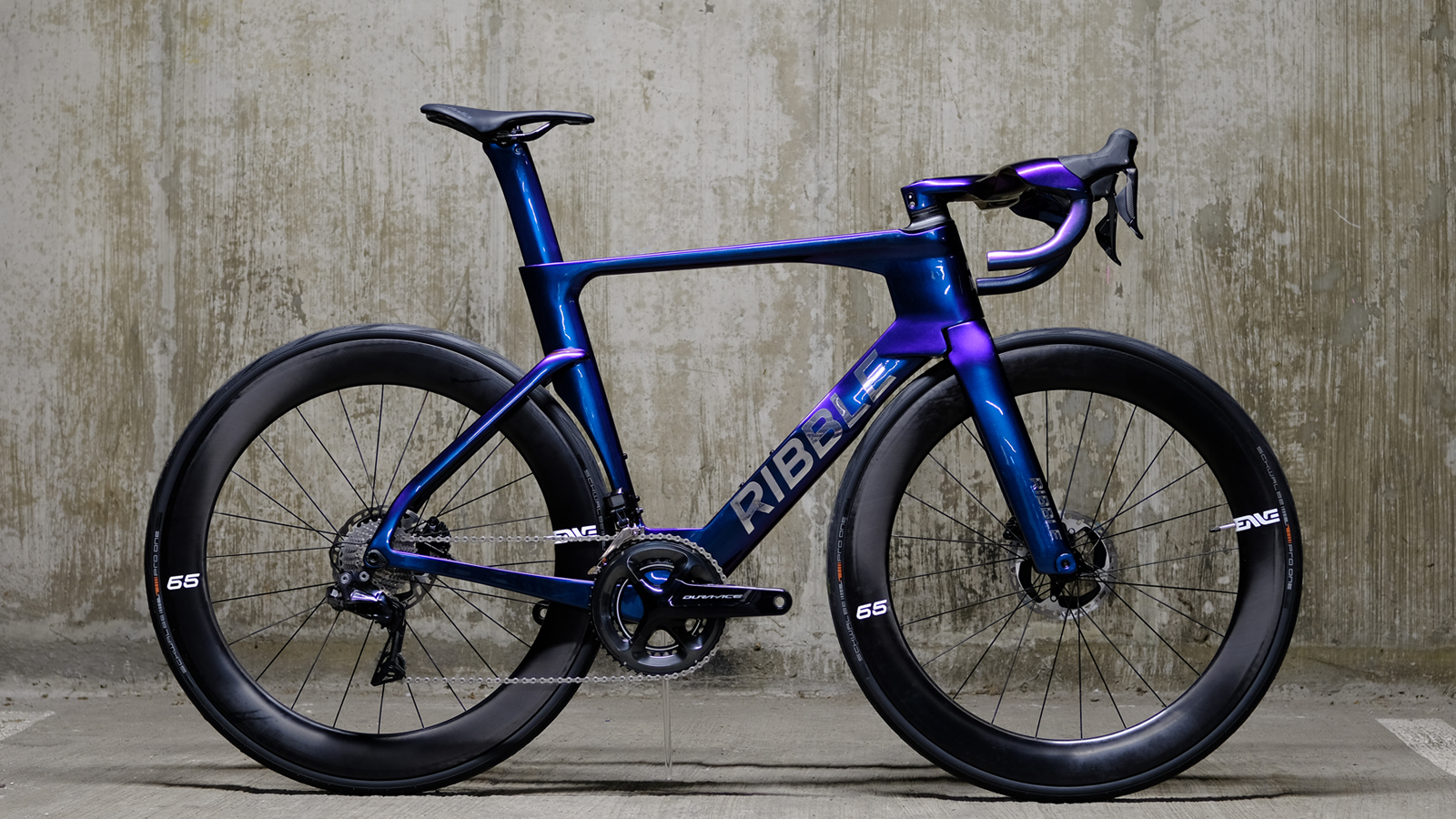
British brand Ribble has today unveiled an all-new dedicated aero bike, the Ribble Ultra, with some interesting concepts borne out of its bike-and-rider approach to aerodynamics testing.
It's not the first time a brand has focussed on aero testing the bike and rider together, the much-talked-about Lotus x Hope HB.T track bike used by Team GB at the Tokyo Olympics is one such bike that cited a similar approach at its launch in 2019. However, while Ribble's bike is somewhat less extreme than that design, the new Ultra introduces a couple of interesting concepts, particularly with the design of its new handlebar which by itself is subject to three patent applications. The most intriguing of which is the addition of bulges that add drag, so that the larger surface area of the rider's legs meet air that has already been disturbed.
Overall, the bike is undeniably aerodynamic in its silhouette. It's longer and lower than Ribble's existing Endurance SL race bike, and on paper, it would be easy to dismiss the Ultra as yet another aero bike. After all, the common features of deep-section tubes with truncated profiles have been done countless times before, likewise the inclusion of dropped seatstays, a fork that blends into the down tube, and a one-piece integrated cockpit. But none of those features are simple copy-paste jobs, Ribble went through countless iterations before arriving at the final design as it looked to compete against the best aero road bikes.
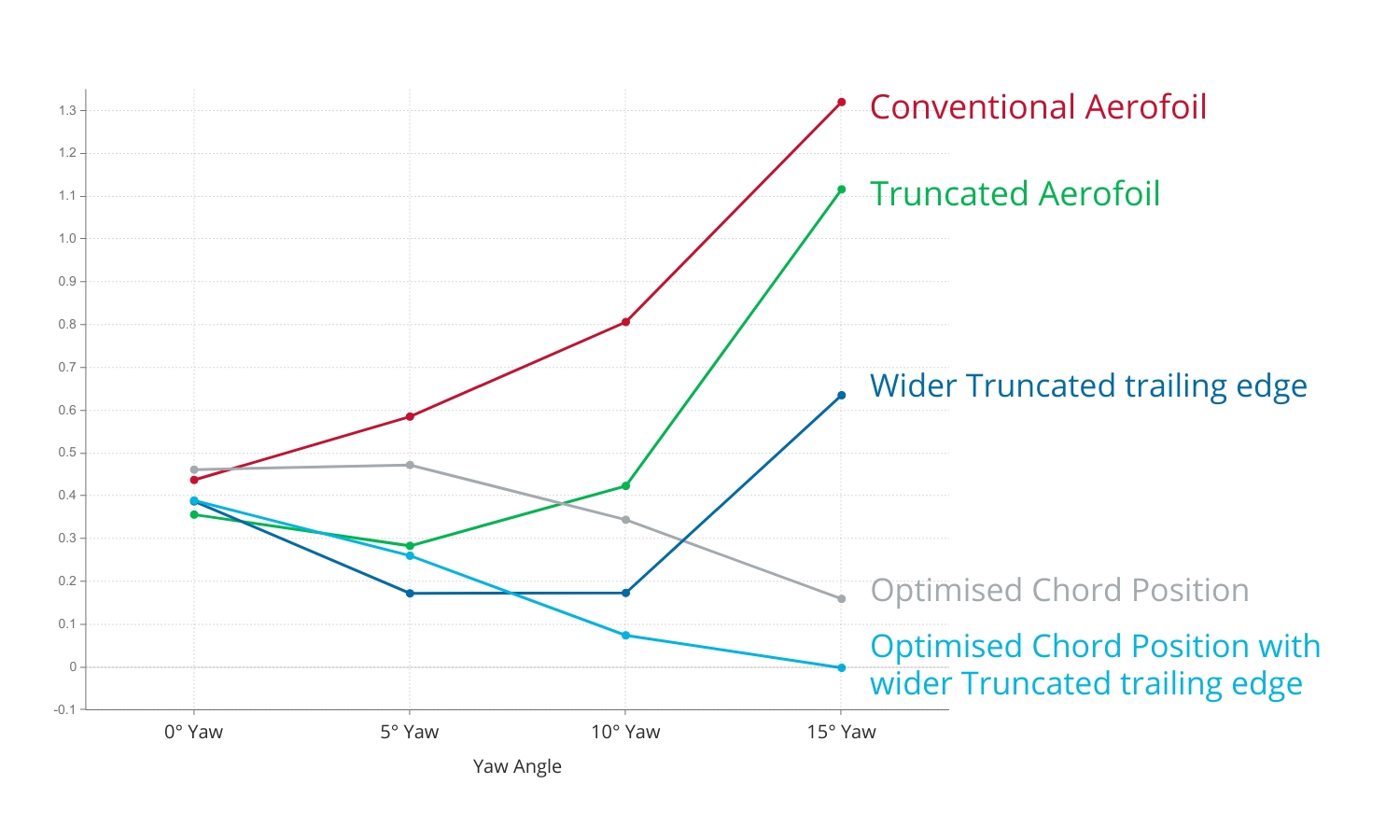
Aero testing
In all its iterative testing, Ribble tested at both 22mph and 29mph to account for the speed of both racing cyclists and fast amateur cyclists alike. It also did so with a dummy, as well as two separate human testers - one of whom being Ribble's own Head of Product, Jamie Burrow, who also happens to be a former pro who rode for United States Postal Service, among others.
Engineers also tested at yaw angles between 0 and 20 degrees and worked to find the fastest average across what it claims are the most common real-world scenarios. What that means in reality is that Ribble could have built a bike that goes faster at low yaw angles, but instead opted for a design that, it argues, will perform better in the real world.
That real-world consideration and bike and rider testing affected various decisions with the overall final concept of the bike, including adjusted tube shapes to account for the likely inclusion of a downtube bottle - Ribble claims the bike is actually faster with a bottle than without - as well as the position of its seat stays, which are wider to sit behind the turbulent airflow created by the forks and the legs, as well as those bulges added to the handlebars.
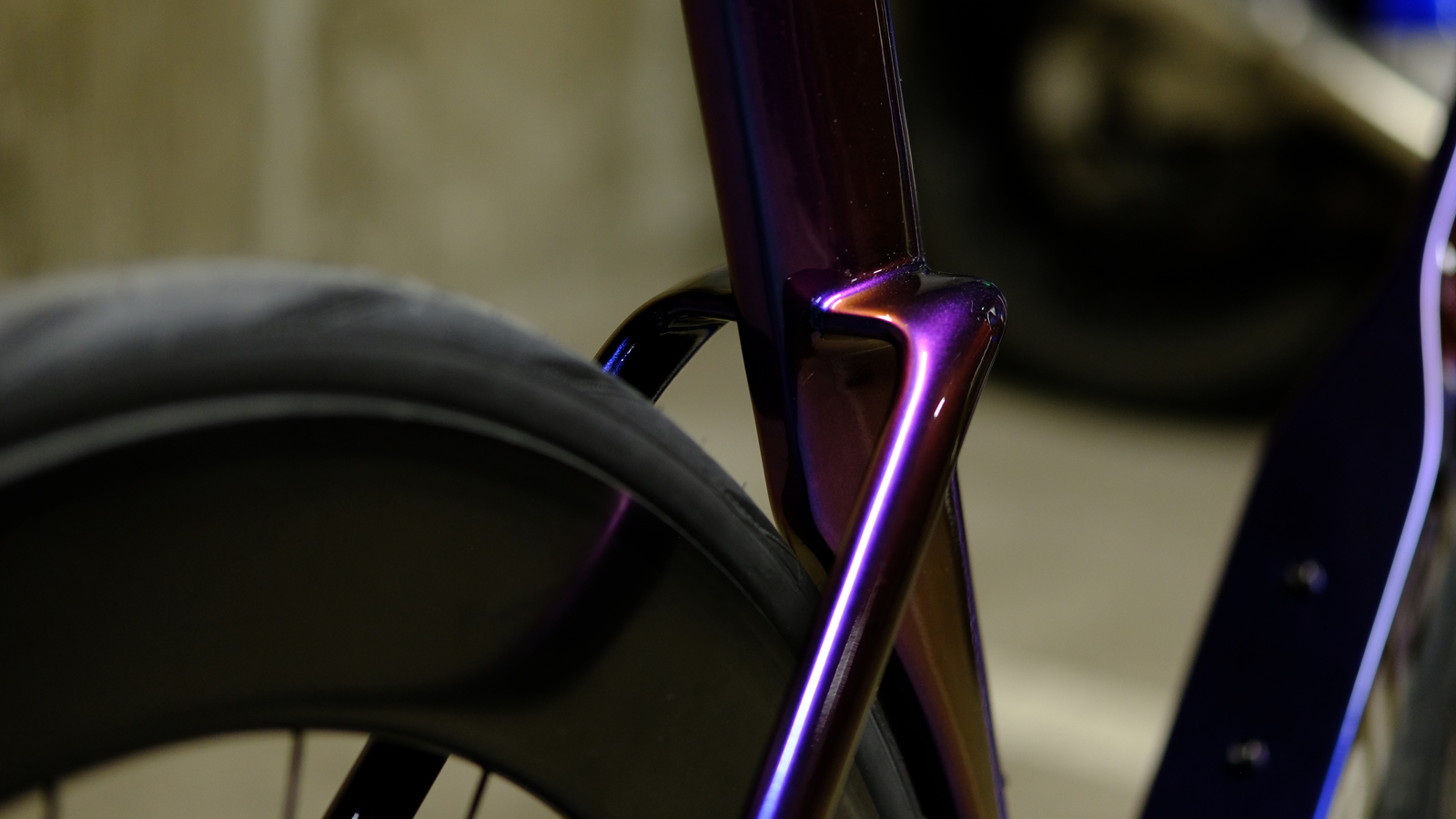
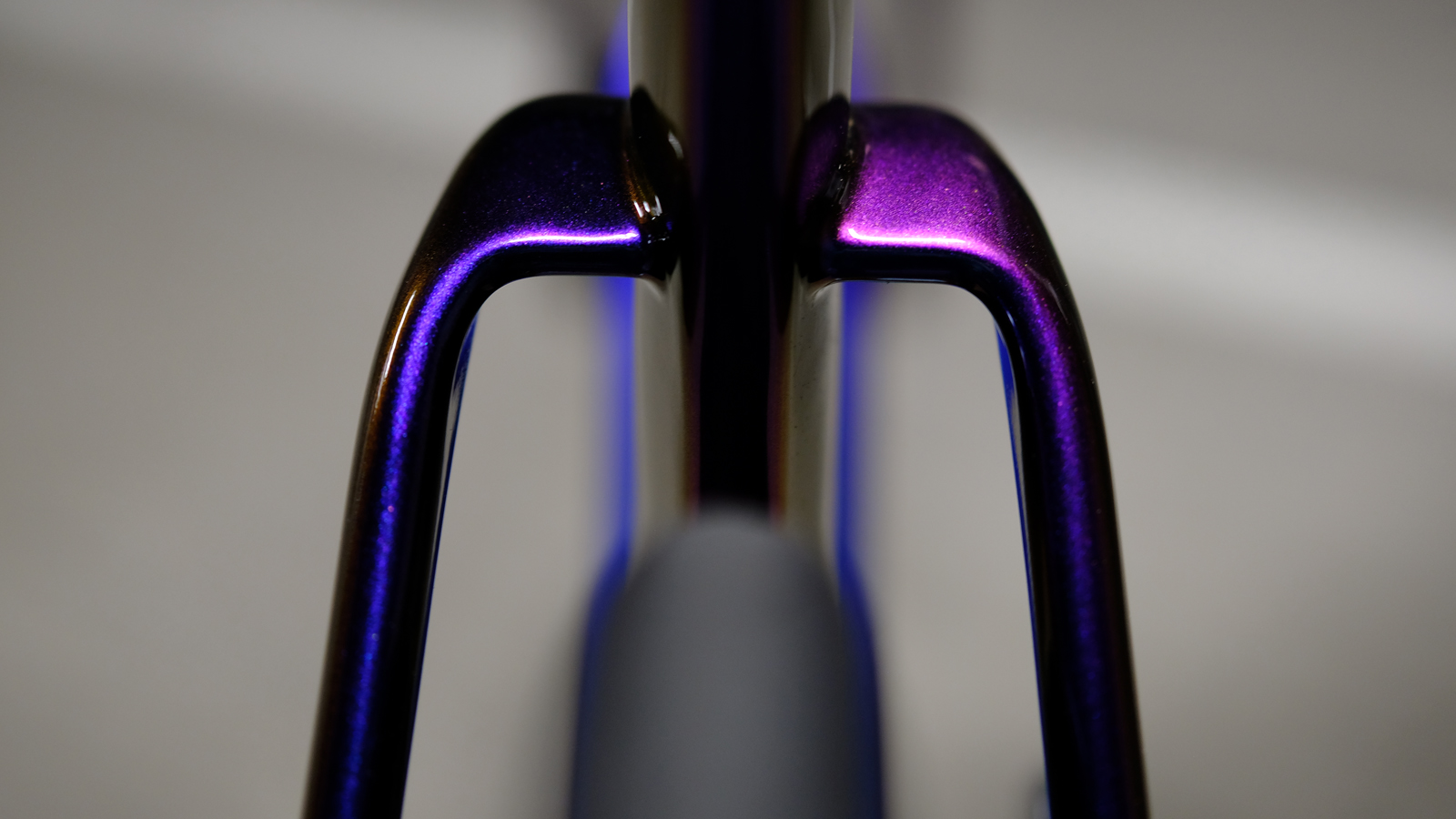
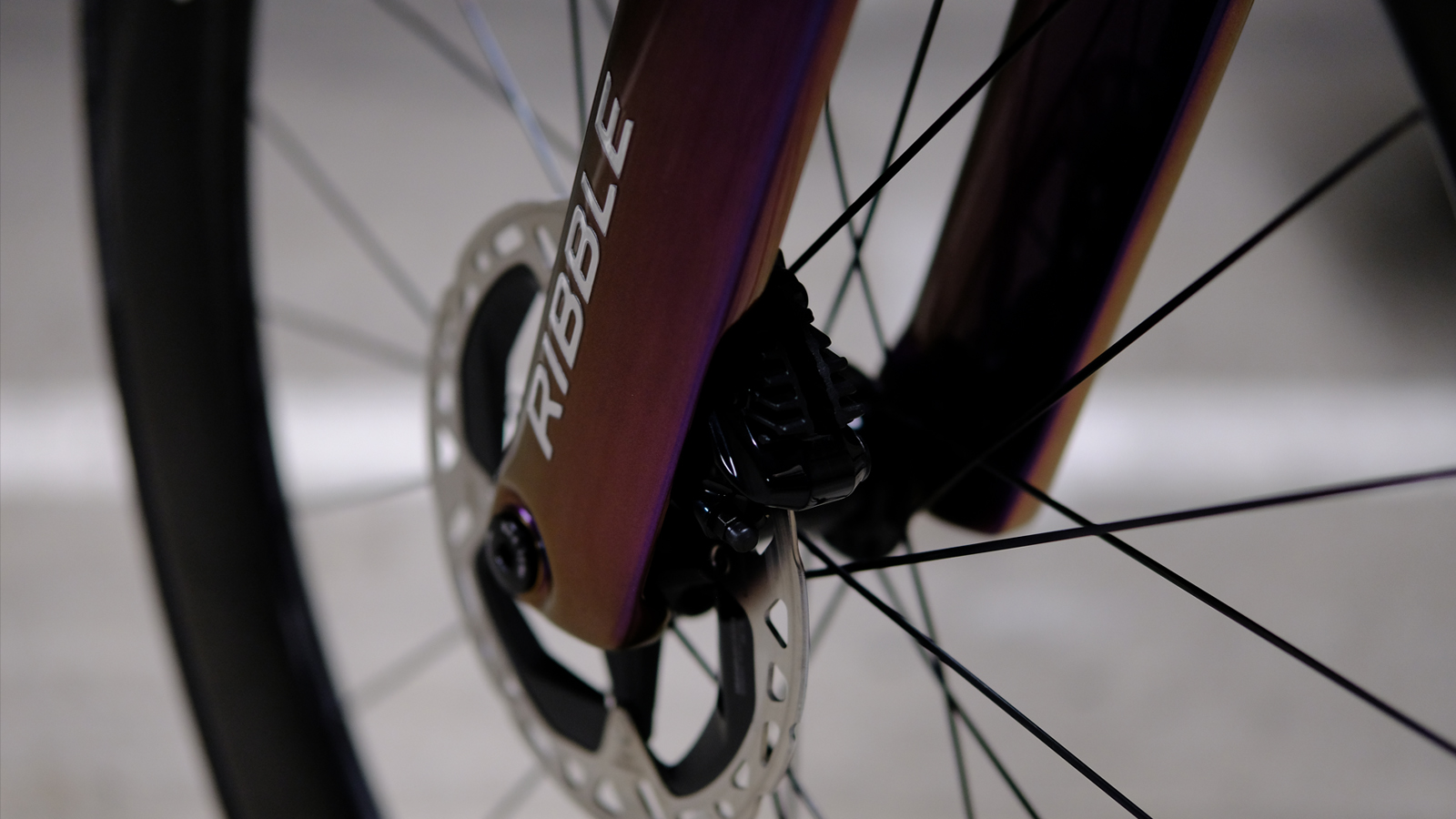
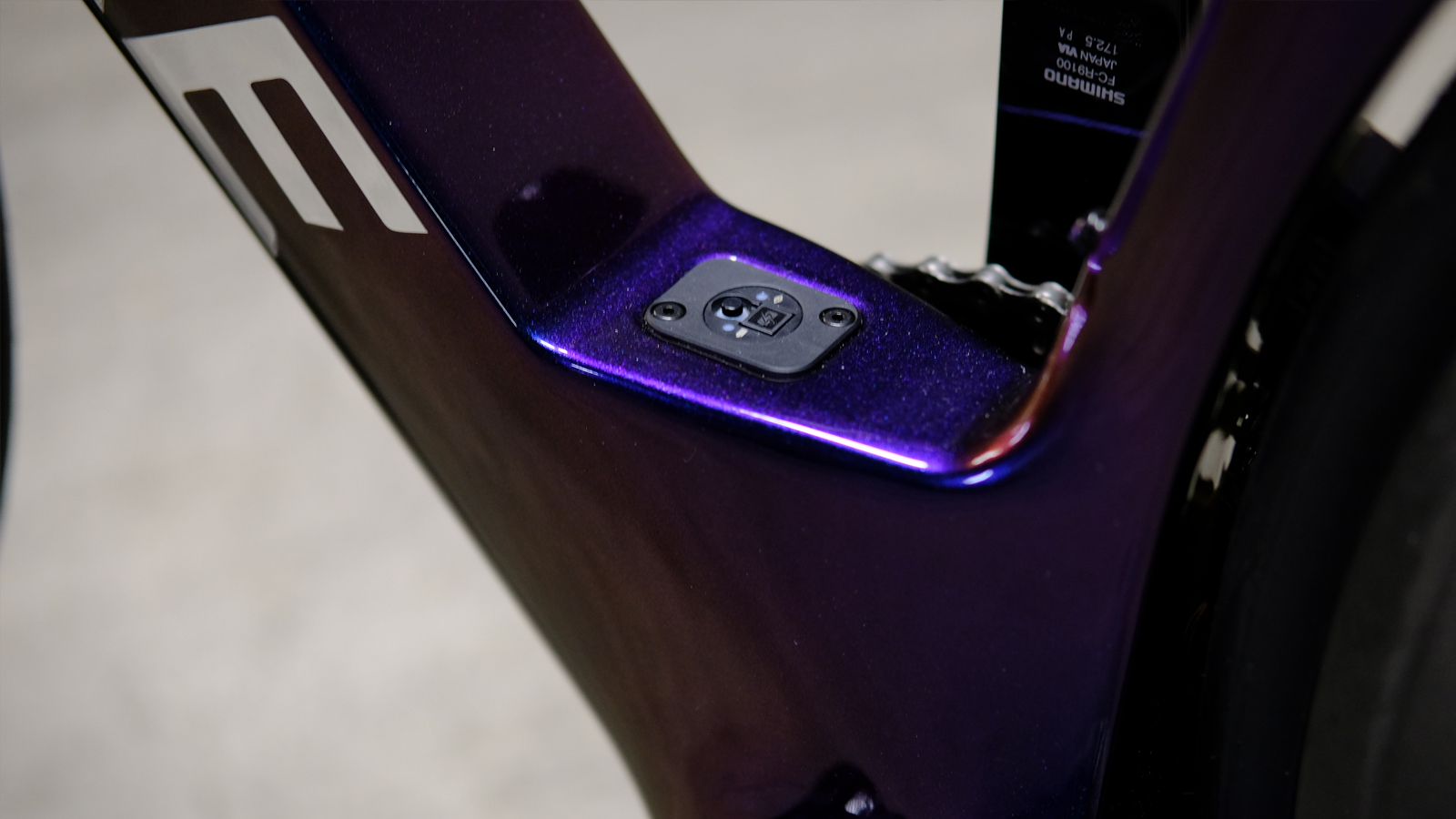
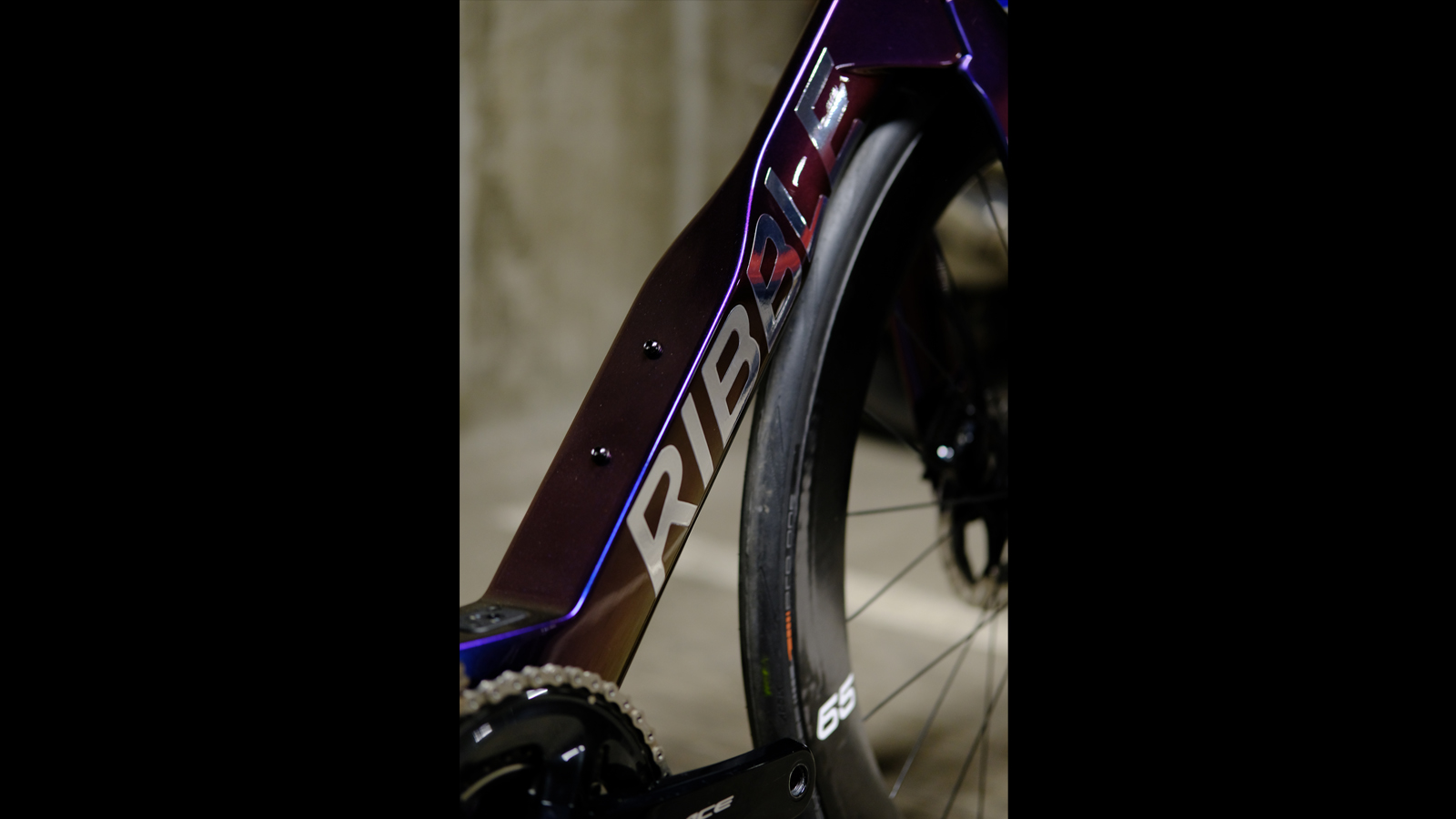
The handlebar
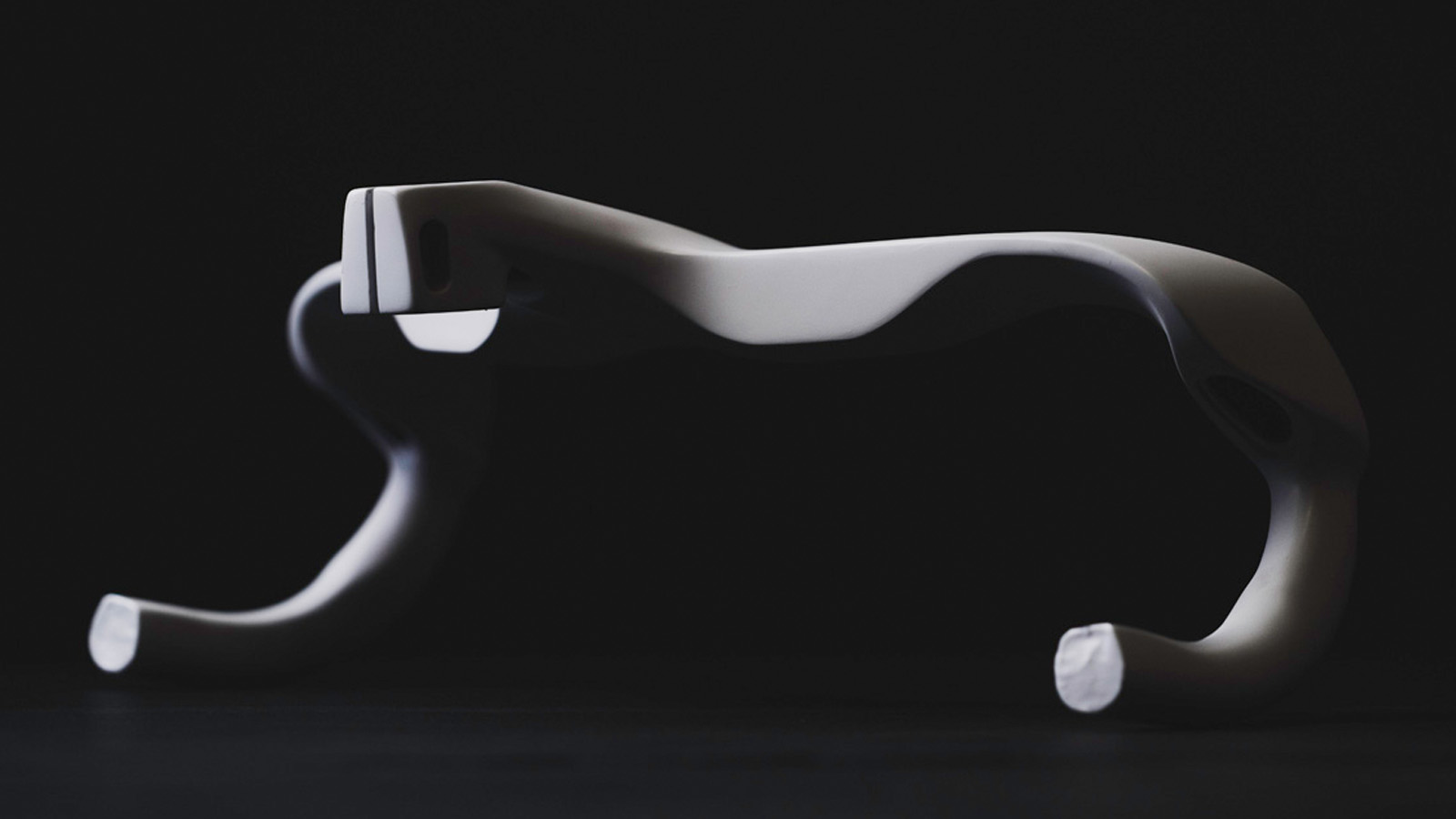
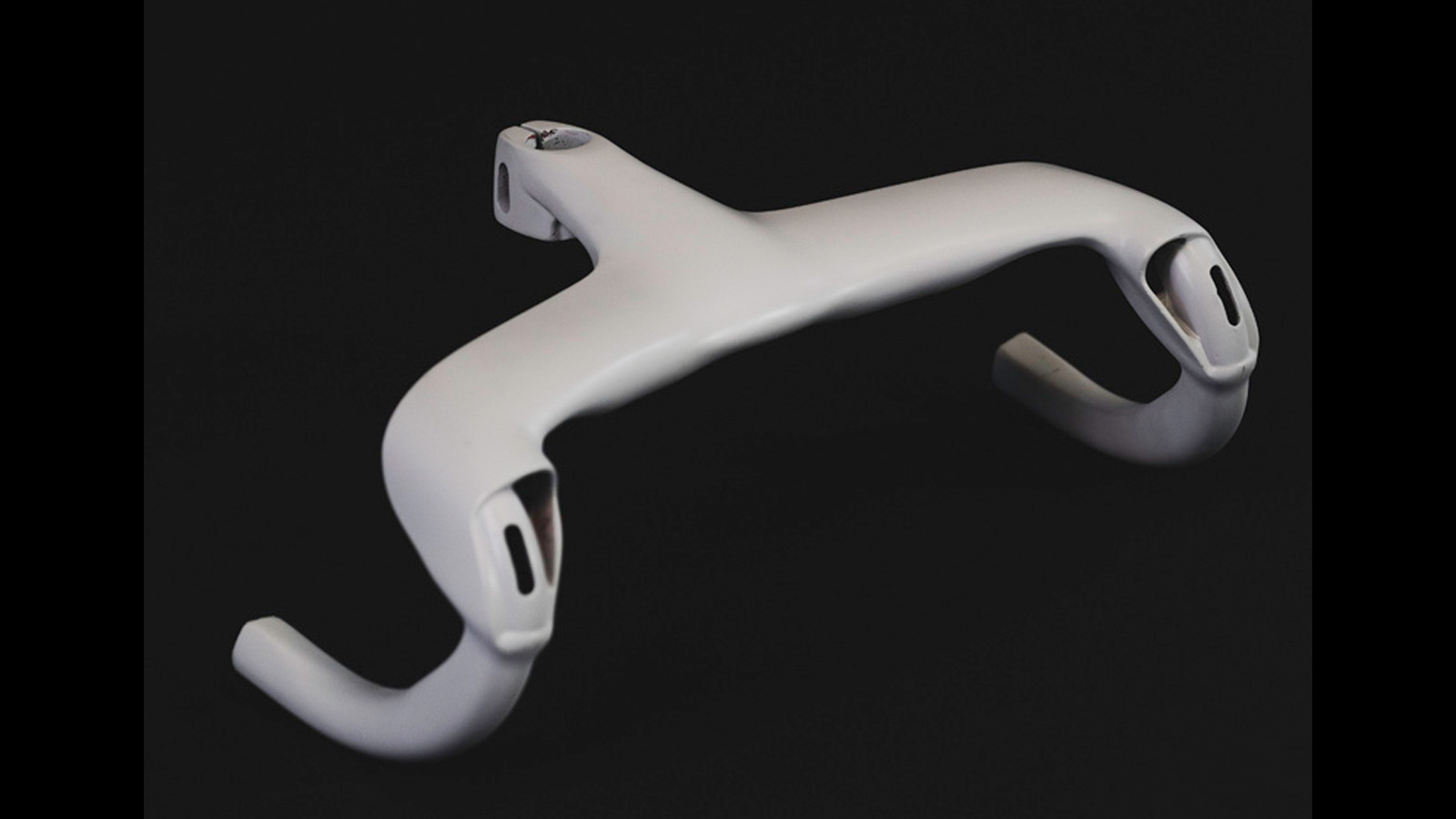
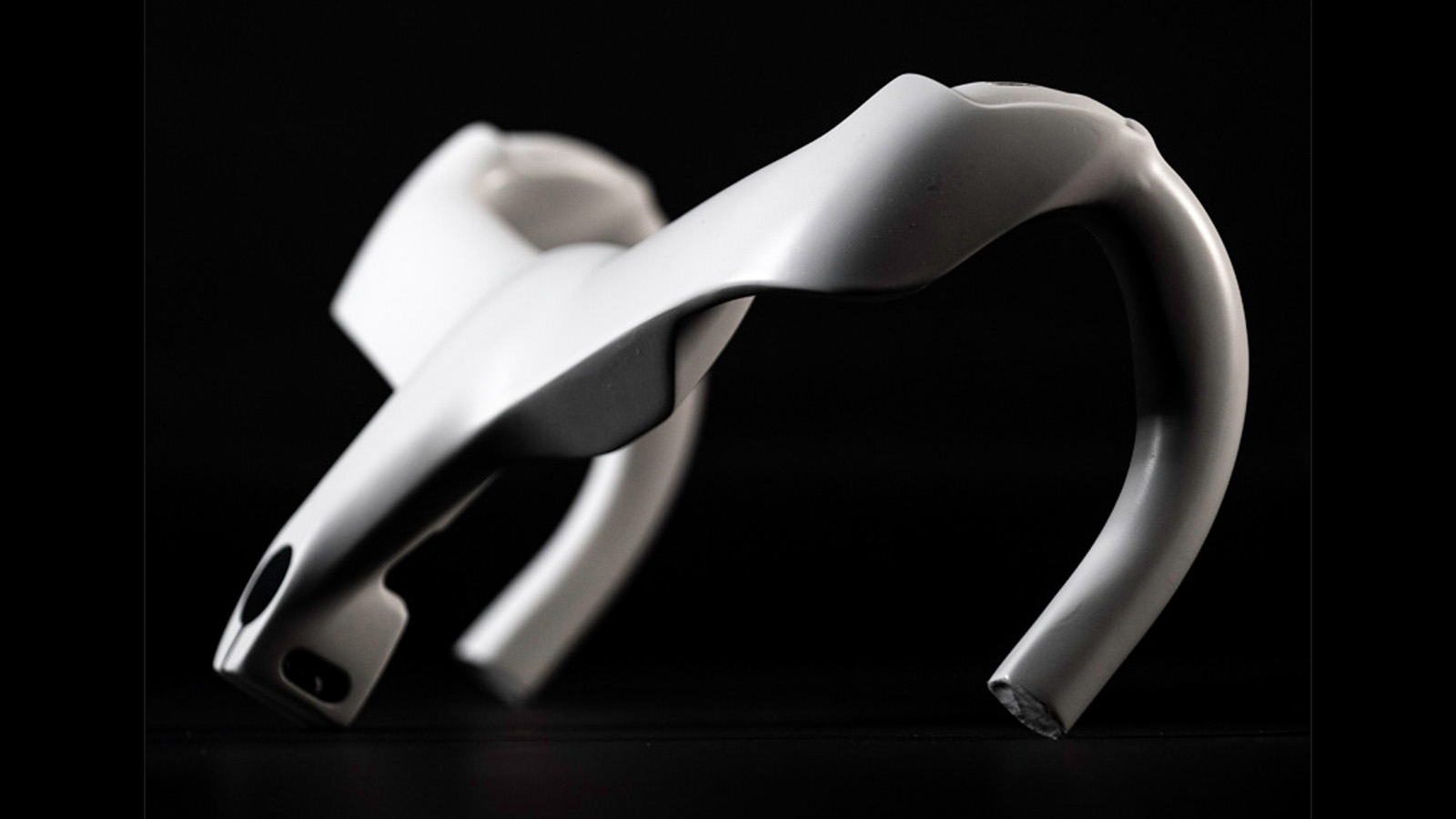
Undoubtedly, the headline feature of the new Ultra is the handlebar - Ribble calls it the Ultra Bar - which is subject to a trio of patent applications thanks to its radical design, which is said to be used without bar tape, as well as being progressive in its geometry choices.
Get The Leadout Newsletter
The latest race content, interviews, features, reviews and expert buying guides, direct to your inbox!
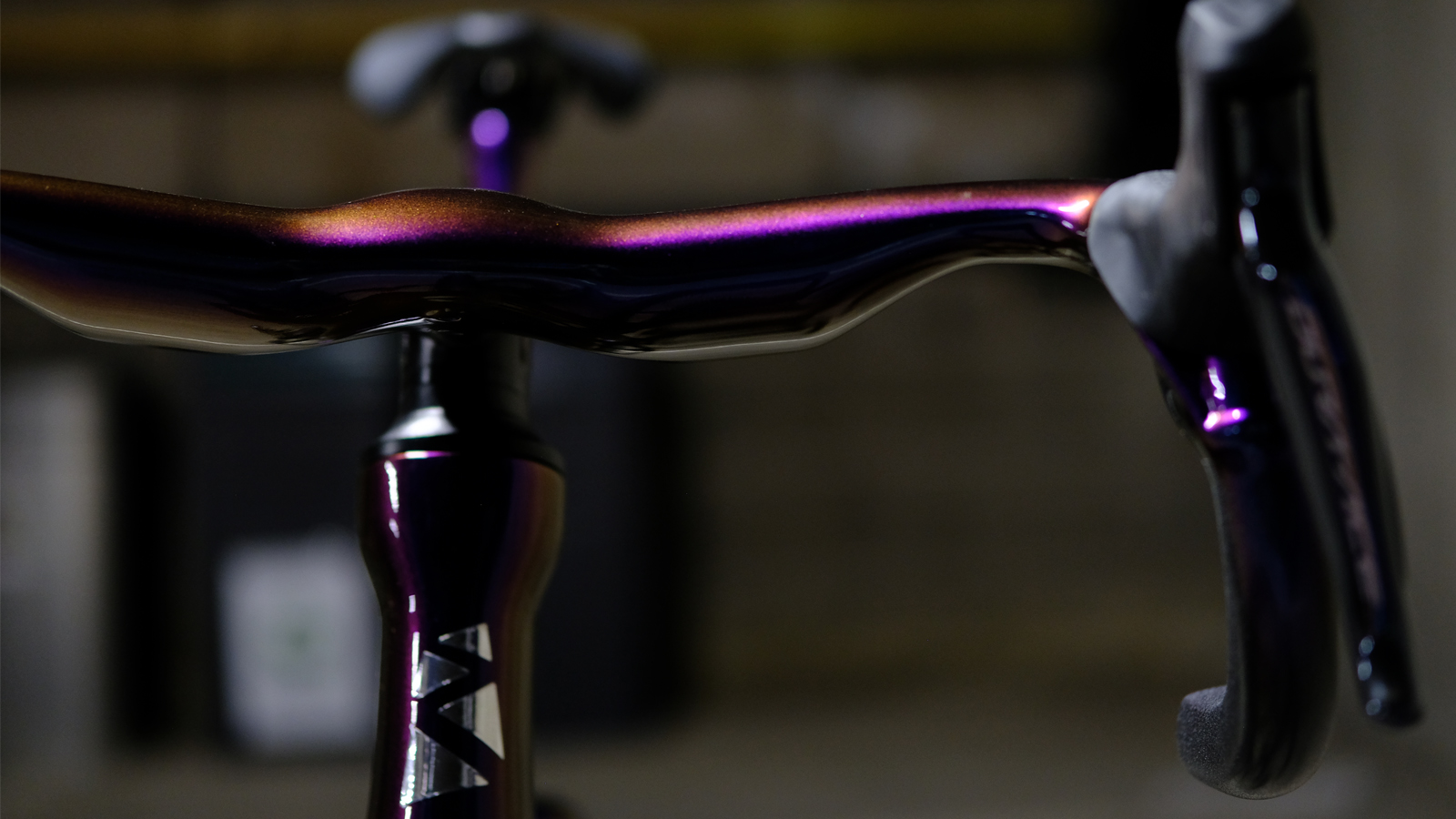
The addition of bulges makes up the first patent, which are designed to add drag in order to make the overall package of bike and rider faster. It sounds counterintuitive, of course, but according to Ribble, by adding turbulence to the air at the handlebars and guiding some of the air outwards and around the rider, their legs are met with less resistance and create less overall turbulence than a bar that slices through the air with minimal drag.
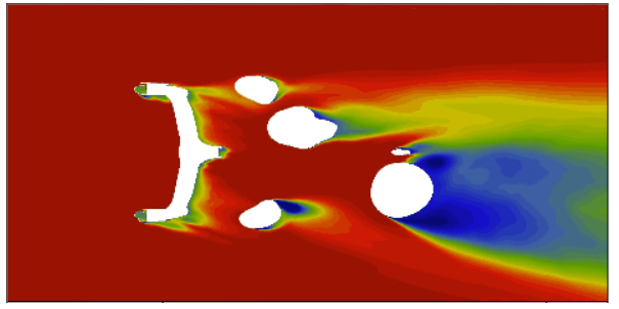
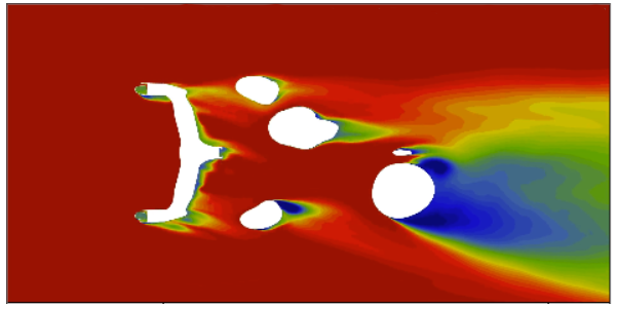
The second patent comes in the form of aerodynamically and ergonomically shaped drops, which Ribble argues negates the requirement for bar tape entirely. The drops are coated in a gritty finish to aid grip, and Ribble claims the ergonomic shaping will outweigh the comfort benefits offered by bar tape on a round bar, and that this will also help to enhance the aerodynamics. Just be careful when leaning it against a wall as there'll be no bar tape to protect your shiny paintwork.
To get around the resulting issue of the round shifter clamp not being able to fit around the shaped bar, Ribble has taken a novel approach - its third patent application - in which the usual shifter clamp band is replaced with a new braze-on-like direct mount that passes through the handlebar itself. Ribble's not the first to attempt to reinvent this component, but it's the wildest attempt we've seen so far. Let's just hope it doesn't end as badly as Canyon's attempt.
Despite the trio of innovative design ideas, our favourite consideration at the handlebars is actually Ribble's progressive choice of widths. While a 58cm Specialized Tarmac would come with handlebars that are 44cm wide, a comparable Ribble Ultra would be fitted with bars that flare from 38cm at the hoods to 42cm at the drops. Smaller sized bikes get a bar that transitions from 36 to 40cm, and there's even a pro version (that thankfully isn't reserved for pro riders) that transitions from 33 to 37cm.
The effective stem lengths are on par with current expectations too although the available options are somewhat limited, with a choice of 110 or 130mm on the widest bar, 80 or 100mm on the narrower bar, and 140mm on the 'pro' bar.
We've only received one quoted weight for the handlebar, which at 450 grams is far from lightweight, albeit this is for the widest of the three sizes.
The frame
There will be two levels of carbon fibre available with the Ultra, the SL and the SL R.
The top-tier SL R frame will get the lighter weight carbon fibre layup and will weigh 1050g for a 56cm frame. Meanwhile, the lower-tier SL will share the very same silhouette and aerodynamic properties but in a slightly heavier carbon layup that weighs 1200g.
So unsurprisingly it won't trouble the best lightweight bikes on the scales, and Ribble also confirms that its sponsored team, Ribble Weldtite, will continue to have access to the lighter weight Endurance SL R for hillier race days.
Both frames are committed to disc brake technology only. While the SL R frames will be specced with the Ultra bar, the SL frames will get the existing Level 5 handlebar from the Endurance SL R. Both frames and handlebars feature completely integrated cabling.
Faster, yes. Fastest, who knows?
Ribble has published a whole heap of graphs and tables that compare the new Ultra to its existing Endurance SL that ultimately concludes that the Ultra is faster by anywhere between 3.2 and 26.3 watts, depending on the testing speed and yaw angle, but has refused to compare its bike to competitors.
Pricing and availability
The bike will be available via the online bike builder at Ribble's website. The Ultra Road SL R frameset will be priced at £2,999.00, and complete builds begin at £3,899.00.
For the Ultra SL R there will be five stock models listed ranging from £4,299.00 for the Ultra SL R Sport, to the top-tier Ultra SL R Hero at £7,299.00. Meanwhile, the Ultra SL will range from £3,199.00 to £4,399.00.
Pre-orders are being taken from today, with the earliest availability being October.

Josh is Associate Editor of Cyclingnews – leading our content on the best bikes, kit and the latest breaking tech stories from the pro peloton. He has been with us since the summer of 2019 and throughout that time he's covered everything from buyer's guides and deals to the latest tech news and reviews.
On the bike, Josh has been riding and racing for over 15 years. He started out racing cross country in his teens back when 26-inch wheels and triple chainsets were still mainstream, but he found favour in road racing in his early 20s, racing at a local and national level for Somerset-based Team Tor 2000. These days he rides indoors for convenience and fitness, and outdoors for fun on road, gravel, 'cross and cross-country bikes, the latter usually with his two dogs in tow.